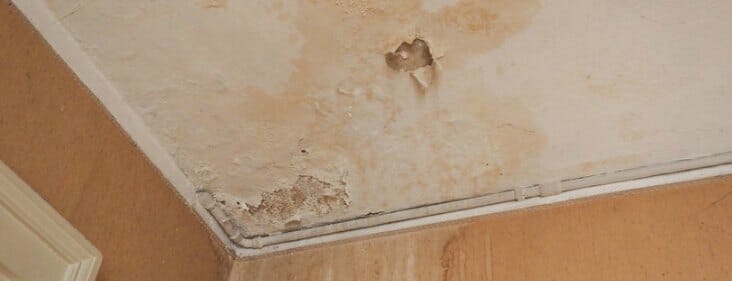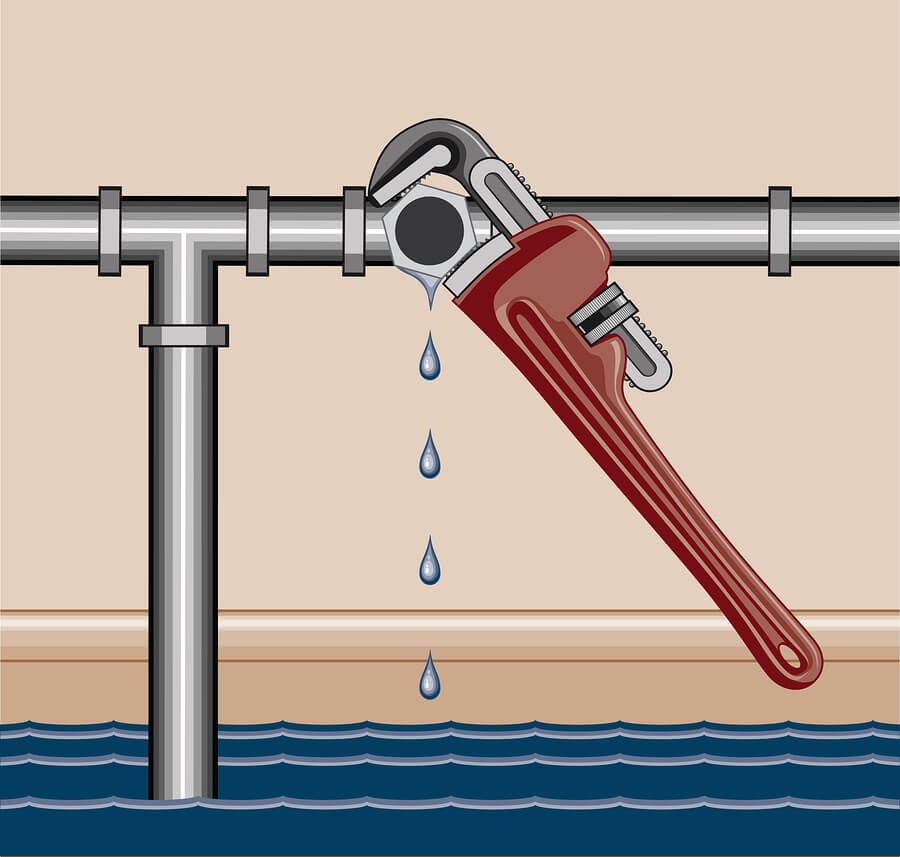6 Most Common Origins of Water Leaks in Your Home: How to Identify and Address Them
6 Most Common Origins of Water Leaks in Your Home: How to Identify and Address Them
Blog Article
On this page below you'll find additional outstanding ideas regarding How to detect water leaks in your home.

Leaks not only cause waste of water but can also cause unneeded damages to your house as well as promote unwanted organic growth. Unfortunately, water leakages could go undetected because most of the pipework in our house is hidden. By understanding and also looking for everyday scenarios that trigger leaks, you can safeguard your home from future leakages as well as unnecessary damages. Today, we will certainly take a look at 6 leakage triggers that may be creating your pipes to trickle.
Elbowing in roots
Most water leakages begin outside the house rather than inside it. You could discover damp patches or sinkholes in your backyard, as well as that might indicate that tree origins are getting into water lines creating water to seep out.
Rusty water supply
As time goes by, your plumbing system ages and corrosion such as corrosion might start gnawing the pipelines. This might be the cause of discoloration or bending on your water pipes. This asks for an assessment with your plumber quickly. Consider replacing the pipes because they are at a higher risk of deterioration than the more recent models if our plumbing system is old.
Defective Pipe Joints
Pipeline joints can degrade over time, resulting in water leaks. If you have noisy pipelines that make ticking or banging noises, particularly when the hot water is turned on, your pipeline joints are most likely under a great deal of pressure.
Instantaneous temperature changes.
Severe temperature adjustments in our pipes can trigger them to expand as well as contract all of a sudden. This expansion and also contraction might trigger cracks in the pipelines, especially if the temperature level are below freezing.
Poor Water Connectors
At times, a leakage can be created by loose pipes and also pipelines that supply your home appliances. In instance of a water connections leak, you might see water running directly from the supply line or pools around your appliances.
Blocked Drains
Obstructed drains pipes might be frustrating and also inconveniencing, however they can sometimes end up triggering an overflow causing break pipes. Keep eliminating any type of products that might drop your drains pipes that could block them to prevent such aggravations.
All the above are reasons for leaks yet not all water leakages arise from plumbing leaks; some leaks might come from roof covering leakages. All leaks should be repaired instantly to prevent water damages.
Leakages not just cause waste of water but can also cause unnecessary damage to your home as well as promote undesirable natural development. By looking and also comprehending for day-to-day situations that cause leaks, you can secure your house from future leakages as well as unnecessary damage. Today, we will look at six leak triggers that may be triggering your pipes to leak.
At times, a leak can be triggered by loosened tubes and also pipelines that provide your devices. In situation of a water links leakage, you might see water running straight from the supply line or pools around your home appliances.
How To Check For Water Leak In Your Home
How To Check for Leaks
The average household's leaks can account for nearly 10,000 gallons of water wasted every year and ten percent of homes have leaks that waste 90 gallons or more per day. Common types of leaks found in the home are worn toilet flappers, dripping faucets, and other leaking valves. These types of leaks are often easy to fix, requiring only a few tools and hardware that can pay for themselves in water savings. Fixing easily corrected household water leaks can save homeowners about 10 percent on their water bills.
To check for leaks in your home, you first need to determine whether you're wasting water and then identify the source of the leak. Here are some tips for finding leaks:
Take a look at your water usage during a colder month, such as January or February. If a family of four exceeds 12,000 gallons per month, there are serious leaks.
Check your water meter before and after a two-hour period when no water is being used. If the meter changes at all, you probably have a leak.
Identify toilet leaks by placing a drop of food coloring in the toilet tank. If any color shows up in the bowl after 10 minutes, you have a leak. (Be sure to flush immediately after the experiment to avoid staining the tank.)
Examine faucet gaskets and pipe fittings for any water on the outside of the pipe to check for surface leaks.
Undetected water leaks can happen without the home or business owner even realizing. If you suspect a water leak, but not able to find the source. It is time to contact a professional water leak detection service, The Leak Doctor.
How To Find a Water Leak In Your Home
https://www.leakdoctor.com/blog/How-To-Check-For-Water-Leak-In-Your-Home_AE197.html

As an avid person who reads on Top Causes of Home Water Leaks, I think sharing that excerpt was a smart idea. Sharing is good. Helping people is fun. Thanks so much for taking the time to read it.
View Report this page